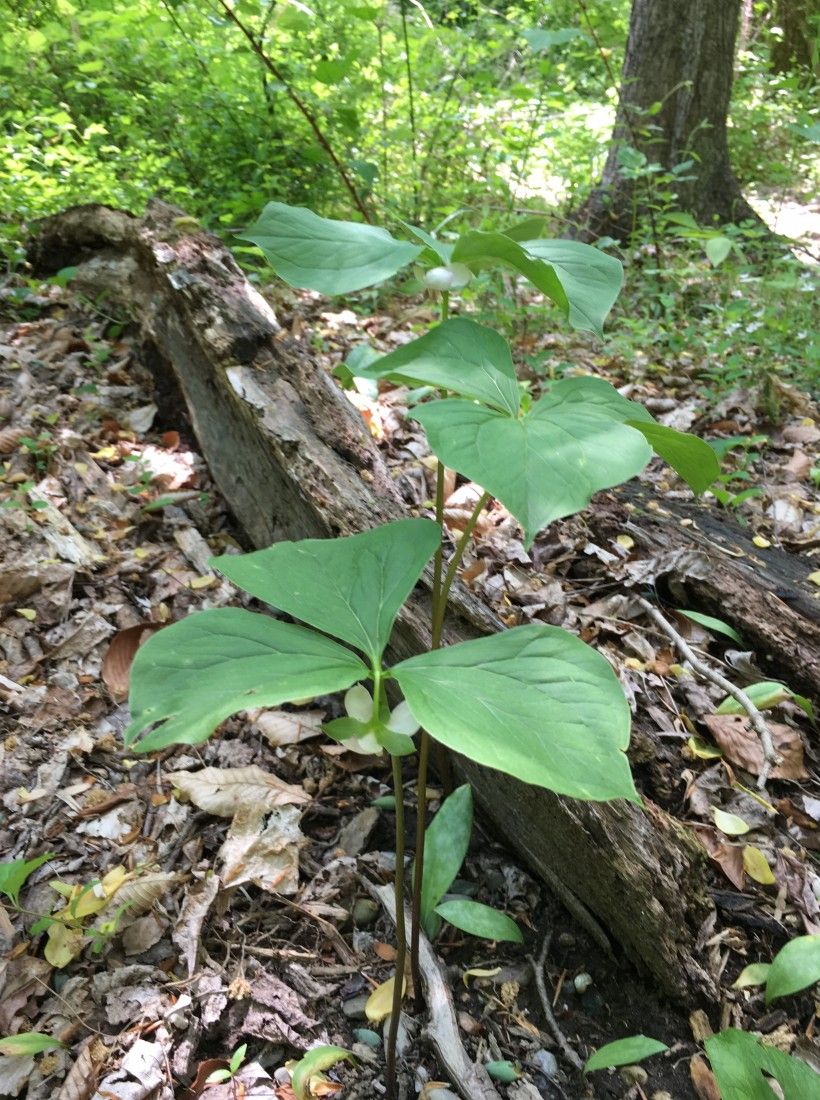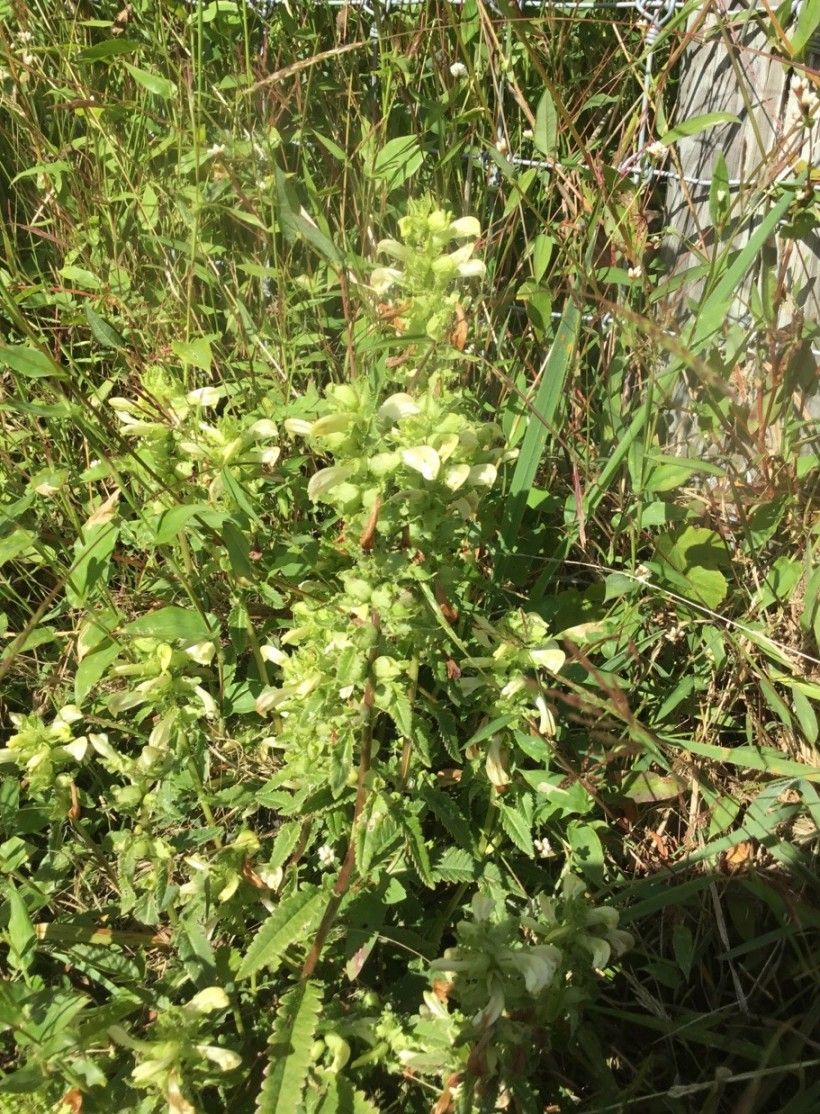Rare plants: Why and how to care for them
What is a rare plant?
Hidden beneath three wide leaves, the white flower of the Nodding trillium (Trillium cernuum) bends toward the dark forest floor, as if bowing a Namaste to the source of abundance.
On a patch of barren, rocky soil, sprouts of Serpentine aster (Symphotricum depauperatum) appear with tiny white flowers on delicate stems—like miniature daisies—that seem to smile and laugh in the sun.
Rooted in soggy peat, the yellowed fingerlings of Swamp lousewort (Pedicularis lanceolata) splay in all directions—the flower like the fur of a sheepdog that’s rolled around in the marsh.


Rare plants . . . in our area? The fact that you don’t have to travel to the Galapagos to find global rarities might surprise you—unless you’re one of those folks with a botanical bent, whose walks outdoors tend to consist of staring fixedly at the ground, stopping every few paces to exclaim, “wow, look here!”
Indeed there are hundreds of species of plants classified as rare, threatened or endangered in Pennsylvania, or with similar status in Delaware. We’ll lump them all together as “rare” here.
Some plants are rare because they are at the edge of their range. Elliot’s beardgrass (Andropogon gyrans), a Pennsylvania-rare meadow species found only in Chester and Delaware Counties, is not uncommon in states south of the Mason-Dixon line.
A few plants are over-collected by people for their medicinal, culinary or esthetic qualities; Wild ginseng (Panax quinquefolia) is a well-known example.
Other plants have become rare because of the impacts of human encroachment on nature. Habitat loss, development, displacement by invasive species, and deer depredation all contribute to dramatic declines in these populations. Nodding trillium is a prime example; its favored habitat of rich, moist woods has dwindled, and what’s left is devastated by deer and full of non-native invasive species that out-compete it.
Why care about rare plants?
Many rare plants are indicators of special places that exert a special fascination. Serpentine barrens or calcareous bogs are unusual, and isn’t it nice to know that such special places survive—even amidst the long-term homogenization of our landscape?
Every plant has a place in the ecosystem. Rare plants support pollinators or herbivores that need them to survive. They contribute to global biodiversity that is the cornerstone of resilience.
The rarity of rare plants is like canaries in the coalmine: the fact that we don’t encounter them tells us that we are in danger of losing much more than one plant. Finding a plant like nodding trillium, whose habitat is disappearing, indicates that while much else is vanishing, here is a hanger-on—a refuge that may provide the source of a future, more robust population.
What can you do?
If you care about rare plants, you should first learn about the rare plants that may be found on your property. You don’t have to be a trained botanist to recognize many rare species. Both Pennsylvania and Delaware have excellent online resources about rare plants. The Pennsylvania Natural Heritage Program (PNHP) has a database that lists rare plants by county or watershed. The University of Delaware Water Resources Center has a database of all plants, which is searchable by county; simply check off rare status to see those plants. Both resources provide factsheets with images and habitat descriptions. The Pennsylvania factsheets also have recommendations for conservation for some plants. (*More resources at the end of this article.)
Another way to lean about rare plants and their habitats is to visit a public site with rare plants. PNHP has an interactive map showing Natural Heritage Areas near public trails in every county, some (not all) of which are open to the public. Delaware’s vegetation maps of plant communities in state parks list rare plants.
If you find a rare plant on your property, you may (but are not required to) report its location to the state natural heritage program. The links for report forms are available at the end of this article. Sharing this information enables conservationists to track the health and abundance of rare species. Reporting a rare plant does not obligate you to do anything. (However, it may affect permit conditions for alteration of the habitat.)
The best thing to do for your rare plant is to protect it, based on the conservation concerns your plant faces in its habitat. Fence it to protect it from deer as well as other herbivorous mammals, or trampling from livestock or hikers. Remove invasive plants that could impinge on the population (like garlic mustard) or alter the habitat (such as Norway maple). Plants that live in sun-filled meadows need to have the meadow maintained by disturbance or that meadow will disappear, becoming a shady woods. If your plant depends on habitat such as woods or wetlands, protecting it means protecting the habitat from being irreparably altered: site your paddock or shed elsewhere. You may be able to expand the habitat and increase the population of your rare plant.
And: Take photos . . . make paintings . . . write poems . . . celebrate your plant, knowing you are helping to preserve something precious.
What about planting rare plants?
Yes—if you have the right habitat, why not try to establish a population? The plant will let you know if the place is right. Rare plants should only be obtained from reputable sources that propagate them from authorized sources. You don’t want to encourage collection of rare species that will make things worse, not better. For example, the Brandywine Conservancy sells rare plants at its annual plant sale.
What the Brandywine Conservancy is doing to protect rare plants on private property.
Many of our properties with conservation easements were initially surveyed by a consulting botanist. Rare plants were noted and mapped at that time.
In winter 2019-2020, the Easement Stewardship staff did a comprehensive review and compilation of rare plants on all of our easements. We added data about more recent observations, and updated rankings to reflect current conservation status. We now have a list of all easements that have had rare plants observed. This data will help us to prioritize surveying projects, identify stewardship opportunities and schedule site visits. We will continue to update the data as resources permit.
In spring 2020 we were able to use this new data to participate in a pilot grant program sponsored by PA Department of Conservation and Natural Resources (DCNR) that provides funds to private property owners who want to protect rare plants on their property. We had observed nodding trillium while visiting an easement in the Brandywine Creek watershed. When we shared our observations with the landowner they were happy to learn of this exciting find and very interested in protecting the trillium. With our assistance, the landowner obtained a $4,000 grant from DCNR’s pilot program to have a contractor remove invasive plants near the trillium and install deer fence. We will be continuing to monitor the status of the trillium, but we’re hoping this pilot program continues.
Conclusion
Rare plants add immeasurable value to our lives and to our plant communities. They need our help. If you have questions about whether you have rare plants on your property, or need advice on protecting them, contact any member of the Stewardship staff.
Resources
PA Dept. of Conservation & Natural Resources Rare Plants
PA Natural Heritage Areas, within 300 feet of trails
DE Vegetation mapping of public parks